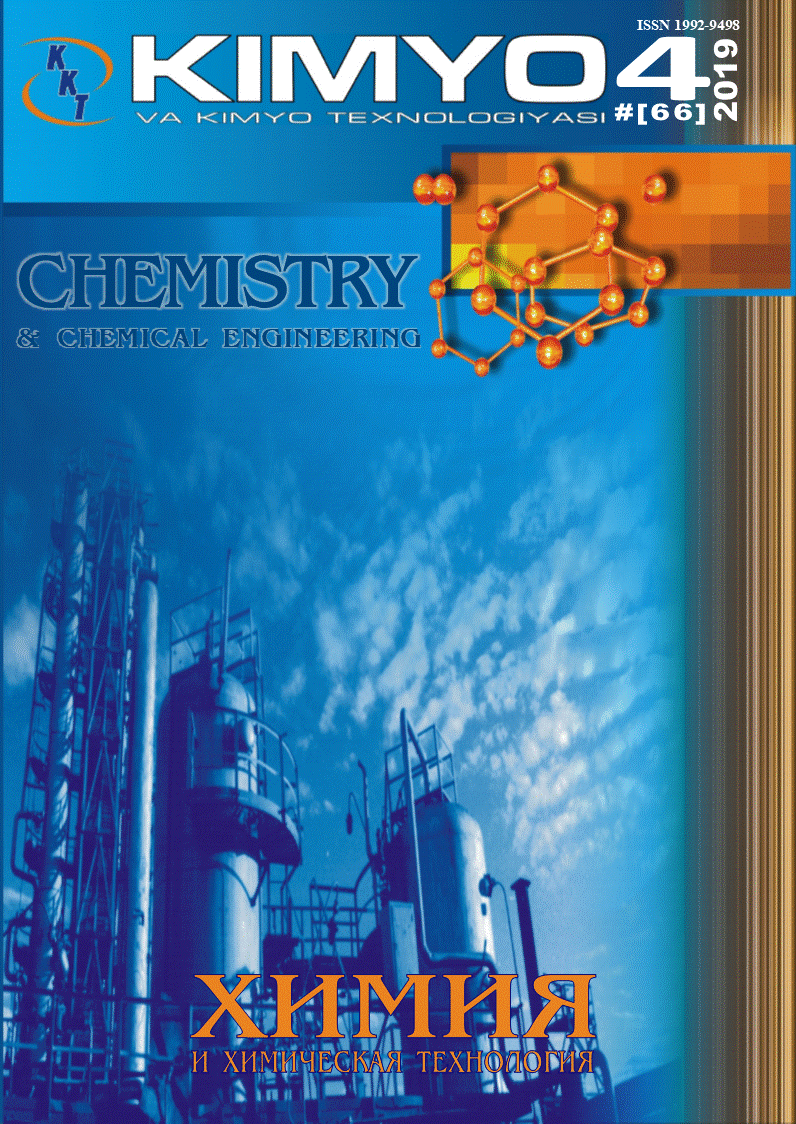
Abstract
In this study, we aimed to isolate genomic DNA (gDNA) from a yeast cell using various methods and choose the cheapest, most convenient, and fastest method among them. For this purpose, based on a thorough review of the literature, three relatively optimal methods were selected based on the use of guanidine thiocyanate, lyticase enzyme, and lithium acetate/SDS reagents. In the research work, the disadvantages and advantages of these methods were studied and compared. The obtained results showed that the isolation method using the lyticase enzyme is not optimal, given the relatively long time and high cost of the enzyme used, the isolation method using lithium acetate/SDS reagents is much simpler, faster and cheaper, and the isolation method using the guanidine thiocyanate is recognized impractical due to poor isolation of genomic DNA. In addition, we also investigated the process of isolating genomic DNA from Candida albicans and molds other than Pichia pastoris. For this, only the lithium acetate/SDS method was used, and this method was shown to be able to isolate high quality genomic DNA from all types of yeasts and molds.
Recommended Citation
ASHIROV, Oybek; SADULLAYEV, Tulkin; YARILKAGANOVA, Aygul; SOBIDJONOVA, Gulmira; and SASMAKОV, Sobirdjan
(2024)
"SELECTION OF THE OPTIMAL METHOD FOR ISOLATION OF GEOMIC DNA OF YEAST AND MOLD FUNGI,"
CHEMISTRY AND CHEMICAL ENGINEERING: Vol. 2023:
No.
2, Article 9.
DOI: https://doi.org/10.70189/1992-9498.1594
Available at:
https://cce.researchcommons.org/journal/vol2023/iss2/9
